Want to get the very best out of your ground-breaking Toyota hybrid? We’ve gathered a number of hybrid driving hints and tips that will help you to get the best from the system, improving fuel consumption and getting you further for less.
Whichever Toyota hybrid you’ve set your heart on, the following tips and pointers should maximise the range and fuel economy of your Toyota.
The basics
It’s not just hybrids that benefit from the first seven tips – these will help to improve any car’s fuel efficiency:
- Clear out the boot! Keeping the boot free of unnecessary weight will give your car and immediate boost in performance and economy.
- Check your tyre pressures – dig out your owner’s manual, and do a weekly check to ensure that your tyres are correctly inflated in line with Toyota’s recommendation. Or read our handy tyre pressures article here.
- Think ahead – by planning your journeys, you can avoid traffic jams and minimise the likelihood of getting lost.
- Shut up! Closing the windows and sun roof at speeds above 45mph will reduce drag, reducing fuel consumption.
- Remove unused roof racks, boxes and bike racks – they’re a real drag too!
- Steady as she goes – maintain a steady speed and don’t go over the speed limit.
- Smoothly does it! Try to avoid sudden braking or acceleration.
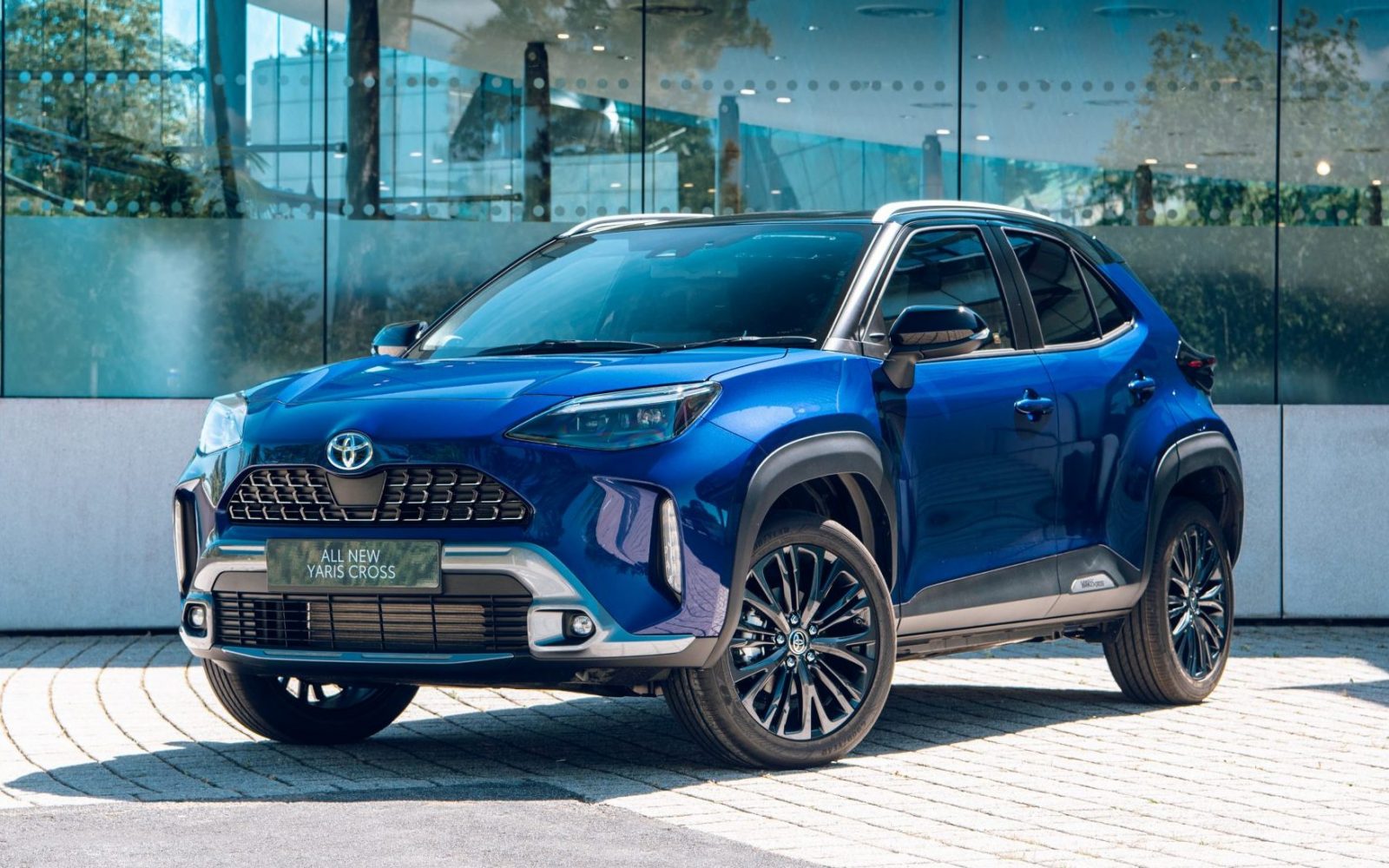
Hybrid driving: hybrid-specific tips
Sorry everyone else, but these tips are for hybrids only:
- Become familiar with the hybrid information display so you can know how much energy is being used.
- EV does it! Keep the car in EV mode as much as possible by using the accelerator gently, pressing it lightly but consistently.
- Improve efficiency with ECO mode, which reduces aggressive throttle response.
- Harvest time – braking gently and early helps the regenerative braking harvest more energy, which means EV mode can operate for longer periods.
- Keep an eye on the dials and gauges to fully understand the hybrid system and manage the charge levels in the hybrid’s high-voltage battery.
- If you’re in stop-start traffic, don’t put the car in neutral (‘N’) when stationary, as electricity will not be generated and the hybrid battery will discharge.
- Consider using cruise control (where fitted) to maintain steady speeds.
- When using climate control, Re-circulate mode reduces energy usage.
- Think about the environment! Constant or heavy use of systems like air-con, lights and wipers will increase energy consumption.
Hybrid driving: drive modes
Toyota hybrids have four drive modes: Normal, EV, Eco and Power. When you first start your hybrid, the car defaults to the ‘Normal’ drive mode, which automatically manages the most efficient use of both the engine and the battery.
Drivers can also select one of the car’s on-demand drive modes to achieve better fuel consumption in certain settings.
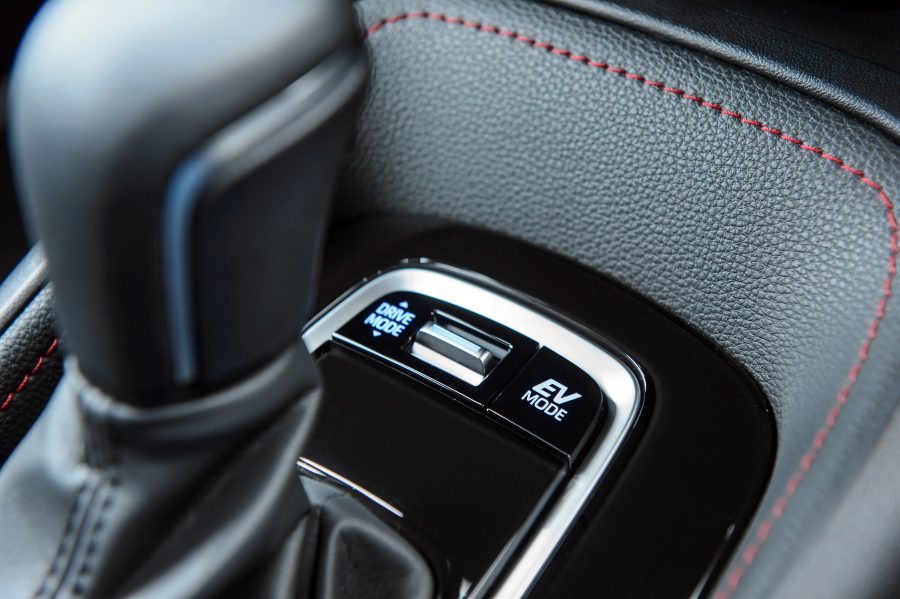
These drive modes are: EV Mode where the car is powered by the battery only during city driving, running near-silent and with no tailpipe emissions; Eco Mode that reduces A/C output and lessens throttle response to limit harsh acceleration; and Power Mode which boosts acceleration by using the hybrid battery to assist the petrol engine.
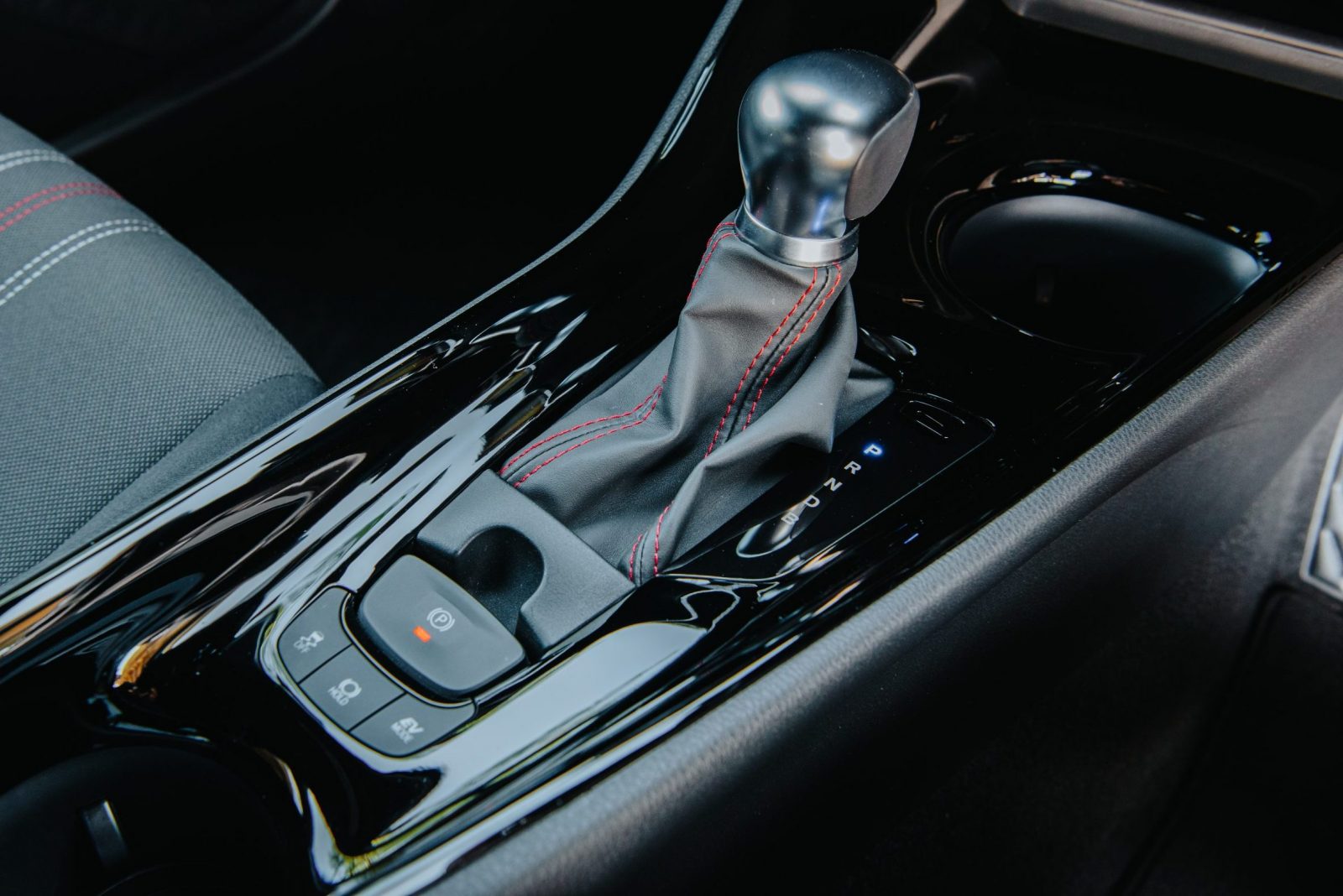
The shift lever offers four positions: R (Reverse), N (neutral), B (engine braking) and D (drive). For normal driving, D (drive) is absolutely fine, but should you need it, position B has the effect of engine-braking handy when descending a steep hill, for example. It’s not recommended to leave the car in position B for normal driving, mainly because you’d end up using more fuel than necessary!
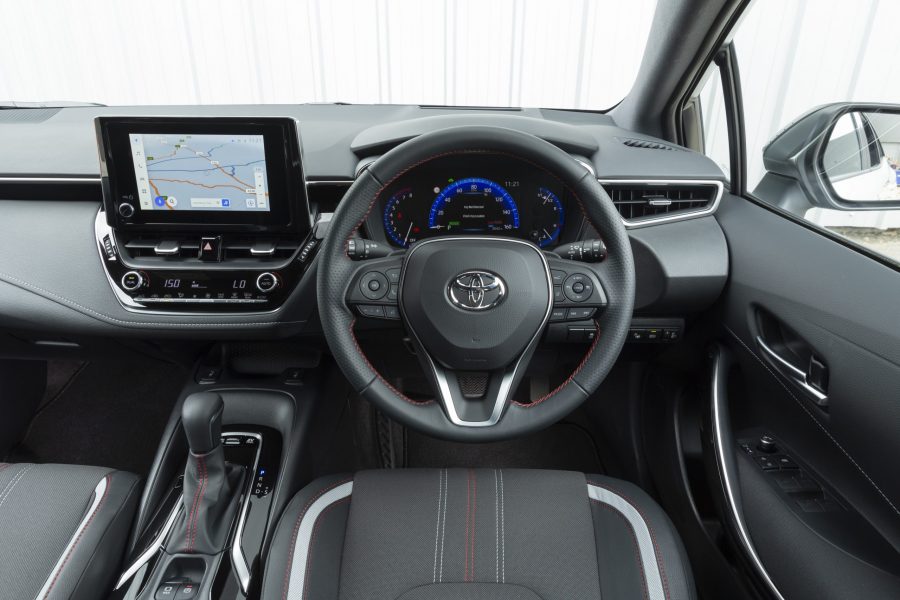
Hybrid driving: read the road ahead
Another great hybrid driving tip is to use the car’s battery whenever possible.
Another great hybrid driving tip is to use the car’s battery whenever possible. You can do this in town and urban driving by accelerating to your required speed, easing off the accelerator and then gently easing the accelerator on again. By doing this, you can activate EV mode – indicated by the dashboard light – which means that the engine has switched off and you are using the electric battery.
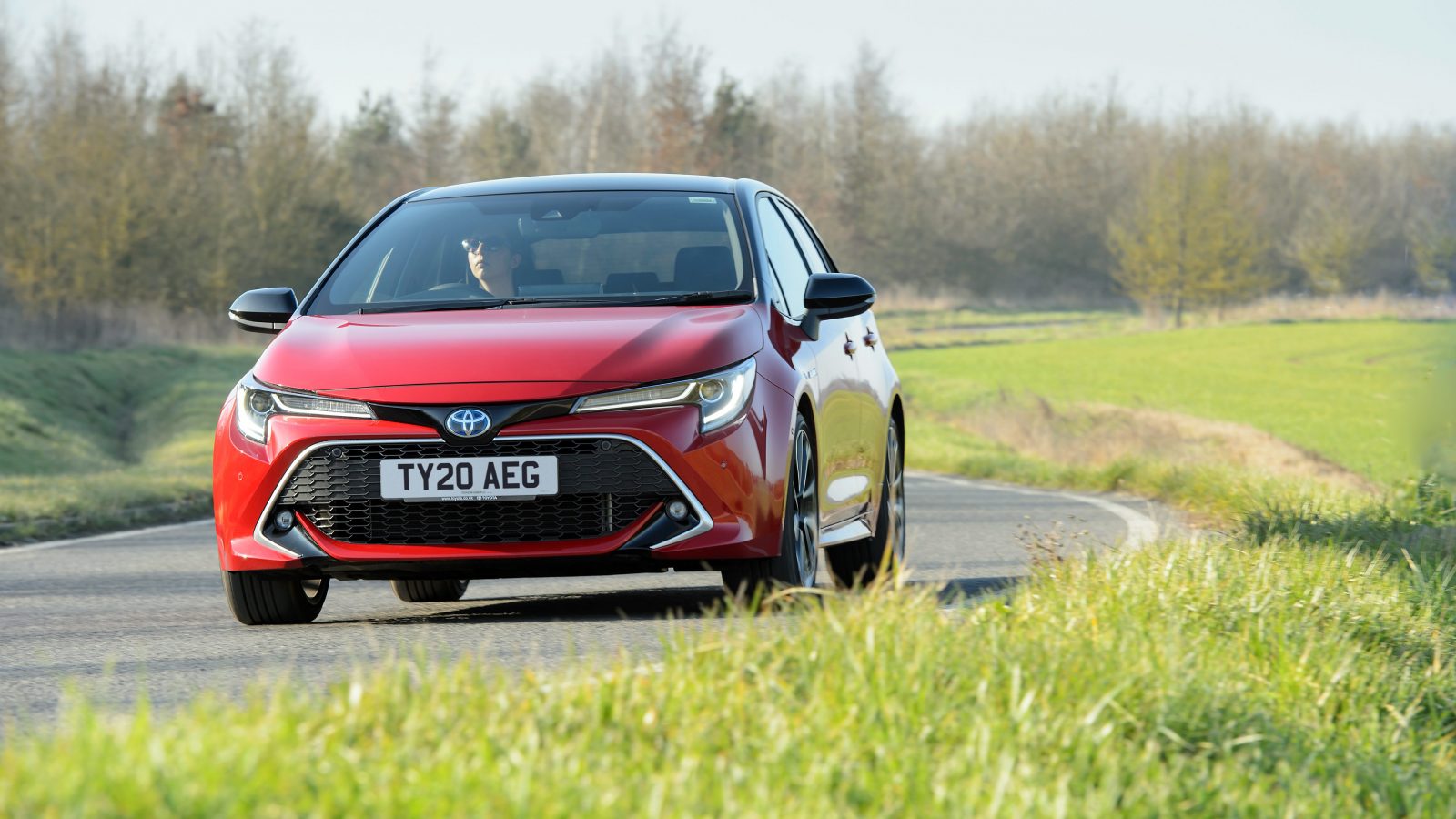
Try to maintain a constant speed and, as always, it’s important to read the road ahead. By doing this, you can reduce the amount of unnecessary braking and accelerating, using less fuel. Braking slowly and gently also maximises the amount of energy recovered by the regenerative braking system on the car.
Other factors to consider
Bear in mind that there are many factors that can affect a car’s performance, hybrid included. On cold days, your car will use more fuel as it warms up, but once it’s reached its optimum temperature, the MPG figures will increase.
Also, during the winter, you’re more likely to be using the air-conditioning, lights and wipers, all of which will use some electrical power from the battery. If you regularly travel the same route, don’t be surprised if you get better MPG figures during the summer than in the winter!
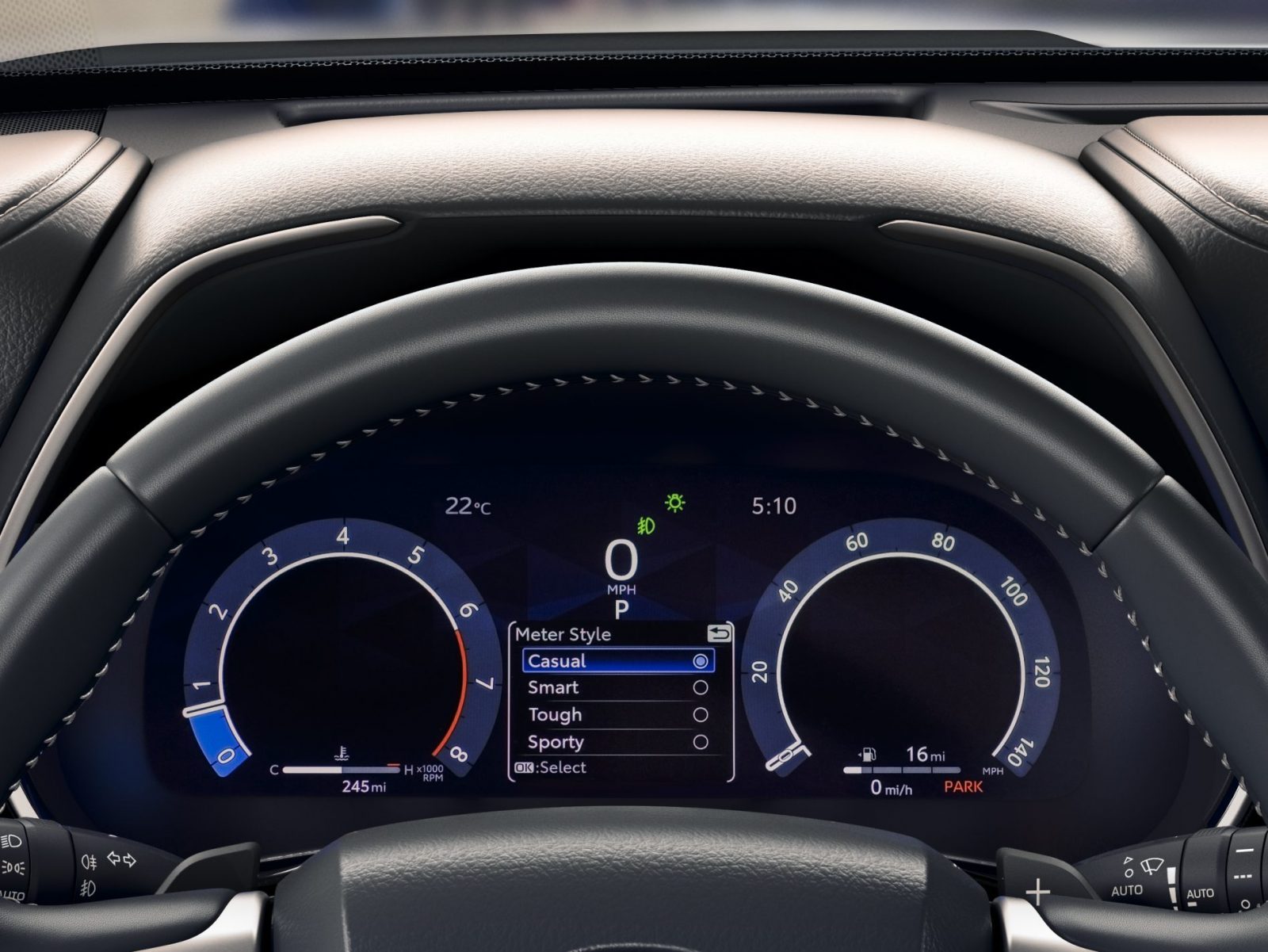
If you’d like more hybrid driving tips or want to discuss your driving technique with other hybrid owners, it’s worth visiting the Hypermiler website.
As a final note, please remember that these hybrid driving tips are published as general guidance on how to get the best fuel economy from your Toyota hybrid. Toyota encourages and supports safe driving at all times – please adhere to the rules of the road.
Read more: Toyota hybrid – how does it work?
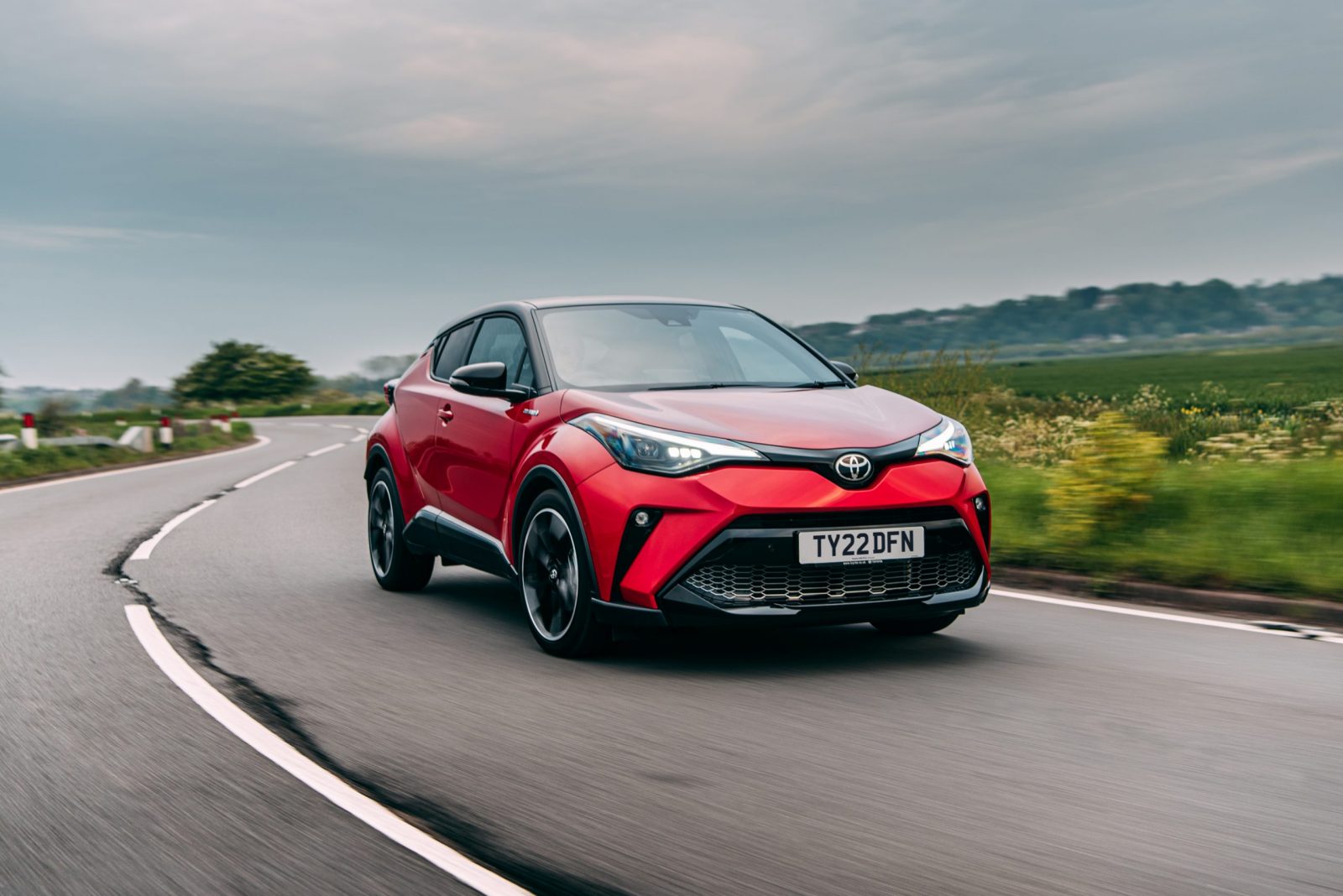
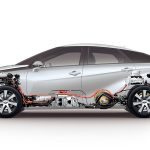

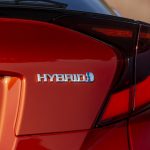
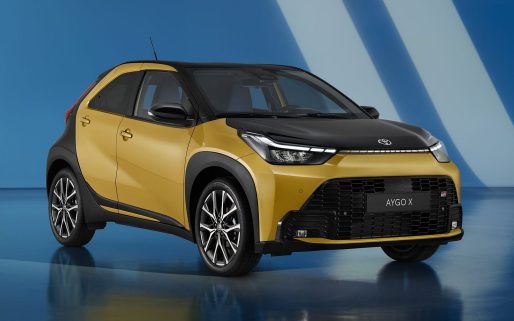
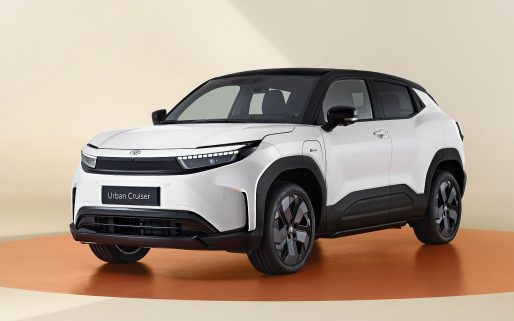

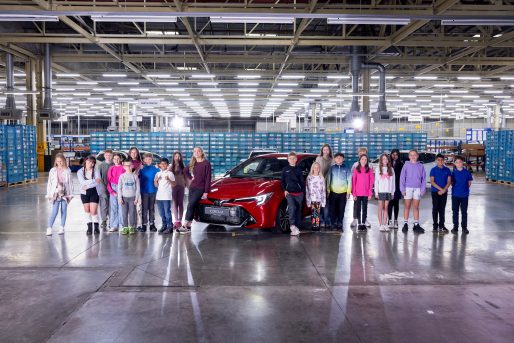
I will be collecting a Auris Hybrid on 28th April. My question is; when stopped at traffic lights is it best to select Neutral or Park.
Hello Brian,
Wonderful news about your Auris Hybrid. We’d recommend, at traffic lights, to leave the car in ‘D’ mode. When stationary you’ll often be solely using the hybrid battery and as such the petrol engine will be turned off and you’ll be emitting zero emissions. You’ll then be ready to move off, once the lights change, again often just using the hybrid battery.
We do hope this helps, please do ask if you’ve any further questions. We wish you many happy miles in your new hybrid!
Hi,
I’ve had a Yaris hybri T4 for a few weeks now, which I love. The MPG concerns me slightly though. I have done lots of research on this and have driven it very carefully – gentle breaking, getting car in EV mode as much as possible, ECO mode on all the time etc, but my MPG is never more than 50. Have you any advice on improving this please? I really have been driving it carefully. Help much appreciated.
Many thanks
Hello Wayne,
Many thanks for your comment and it’s great to hear that you love your Yaris Hybrid. It’s a great car!
Following the tips on this blog post will help in achieving better overall MPG and the figure you quote, of 50MPG, is actually very good. It’s true that in the summer you’re figures will rise slightly, so do take note of this in the months to come. Further to this, a key point to bettering your figure is driving style. Anticipating the road ahead will help and, as you say, gentle acceleration and braking.
If you’d like any further advice, your Dealer will be able to help. Please feel free to visit them: http://ow.ly/kwcgS.
Many thanks and kind regards.
Hi Oliwer,
Many thanks for your reply. I feel better knowing that it’s a not too bad MPG. I will continue to monitor in the summer. I have the ECO mode on all the time – is this better to do this? I don’t find the lack of acceleration a problem in this mode – my boy racer days are well behing me!!!
Thanks
Hi Wayne,
Thanks for your response.
If you do not mind the reduced response, the ECO mode should help towards an improved mpg. This mode reduces excessive energy consumption by lowering power output in response to acceleration and suppressing the air conditioning performance to enhance fuel economy.
We hope this helps.
Further to your answer regarding keeping in drive (D) for short stops. My concern with this is that when keeping the foot brake on in drive (D), the car is trying to creep forward, but is stopped by the foot brake. Doesn’t this put wear on parts of the transmission as the car is trying to creep forward all the time but is stopped by the foot brake.
Hello again,
For short stops you’ll be perfectly OK in ‘D” mode. As you have the hybrid system on your car, there are no wearing parts (there is no clutch, for example) when the car is static. Also, usually the car will be in ‘electric car’ mode when static meaning the engine won’t be running. A further benefit of keeping your foot on the foot brake is that your break lights will be on, which adds an element of safety to other road users.
Wishing you a pleasant weekend.
There is no wear to the transmission but the brake seals are being pressurised. The supply to the electric drive is removed and is only restored by the release of the foot brake.
If the auxiliary brake is applied instead of the foot brake, power is still delivered to the electric drive, depleting the battery a little. This in turn will cause a heat rise in the drive, which is water cooled.
The main worry as far as I am concerned is the pressurising of the brake seals, if you wish to apply the foot brake.
The safest method is to go to N and apply the auxiliary brake.
@ E.Warriss… is there any disadvantage to using P and handbrake at traffic lights, rather than N and handbrake (other than having to use the footbrake to move back to D)?
Can anyone offer any advice on the second hand market for hybird cars?
My main questions are:
What is the expected life time of a hybrid engine?
What is the expected life time of the hybid battery?
During the lifetime of the car, does the hybid battery normally need to replaced? (By lifetime of the car I mean when repairs to it make it uneconomical to repair)
What kind of routine maintenance do they need (apart from regular oil changes) ?
In the second hand market, would a car with 100k be sensible to pursue?
(I currently drive a Peugeot 206 HDI with 174k on the clock and still going strong).
Any thoughts on the above would be appreciated.
Hello Paul,
A Toyota hybrid battery will last the lifetime of the car. A hybrid will actually require less maintenance than a non-hybrid as it has no conventional starter motor, timing belt or alternator. Servicing charges are the same as a conventional Toyota, however the brake pads need to be replaced less as the regenerative brakes helps to reduce wear of the brake pads. We absolutely recommend a hybrid with 100k+, we’re aware of taxis that have covered hundreds of thousands of miles (recently a second gen Prius with 350k on the clock!). Take a look through the used car section of the website: http://ow.ly/lm49s.
Do let us know if we can help with anything else. Have a great bank holiday weekend.
Any well maintained high milage car is worth considering. I travelled over 700,000 miles in 20 years in 4 Volvos.
The Toyota Prius is an easy drive, easy maintained vehicle that is a joy to drive with the bonus of no road tax.
The main battery is said to last the life time of the car and is maintenace free.
If you buy one, also go for the service package offerd by most Toyot main dealers.
Oliver,
Many thanks for your prompt reply.
I am still doing my research, and am warming to the idea. Having a look at various review sites, I have yet to come across a serious negative comment.
Regards.
Hi I’ve just purchased a Toyota Auris Hybrid. If I drive in the EV mode for long periods as mainly drive a round town will this deplete the battery or does it still automatically recharge whilst in use?
Thanks
Julie
Hello Julie,
Many thanks for your post.
The battery on your Auris Hybrid will recharge automatically as you’re driving around town. For example, every time you brake, the car utilises the regenerative braking system to recycle braking energy back into the battery. If the battery runs too low, the engine will start to recharge the battery and power the car.
Please continue to drive your Auris Hybrid as normal.
Hope this helps!
hi
bought auris hybrid t spirit 2011 model 3 weeks ago solely for mpg reasons
and so far not getting anything like i was expecting far enough not the claimed 70 mph but was expecting at 60mpg.
i have just filled up on 8.89 gallons first time and cruise range says
469 miles so straight away according to this it can achieve only 53 mph
but not sure i will get that as the dealer state they put £20
of petrol when i collected but only did 100 miles before i filled.
i bought the car mainly for the school runs so should be ideal for me and i do around 4 miles in the morning and 4 miles
in the afternoon. the car is in eco mode all the time
my average speed is 18-20 miles and most of the times the car shows that
i am using electric via the picture on dash and rarely petrol always in green part never gone in blue power part but still mpg is very varied so how can i improve as followed all the tips in this toyota page about
driving tips.? is the car supposed to go in ev mode by itself or am i supposed to put it in ev mode as battery is always half to three quarter never full? so far i can get 99.9 mpg flat road no one behind me driving around 20 mph but still no ev mode.
my whole driving style has changed as i dont drive the car heavy footed but now
i am holding traffic up as trying to keep to electric and high mpg.
also when my music is playing via bluetooth from iphone the radio comes on traffic news even though i have not switched on so keeps interrupting and is annoying. is there something wrong with the radio system as this should not happen?
any help will be appreciated.
Hi Mohammed,
Thank you for taking the time to contact us.
The Hybrid system will switch between the electric motor and petrol engine without any input from the driver. Driving in ECO mode should enable you to achieve the best fuel economy. EV mode can be selected manually by pressing the switch and the vehicle will drive for up to 1/2 a mile at a maximum of 25 mph. Our hybrid vehicles use a combination of two kinds of power source, a petrol engine and electric motor, to take advantage of the benefits provided by each power source while compensating for each others shortcomings. As a result, efficient operation is achieved. There are naturally a significant number of factors that influence fuel consumption, including temperature, weight, load, speed driving style and vehicle condition.
If the traffic announcements (TA) are enabled on your audio unit this will interrupt the audio source. Traffic announcements can be switched off.
Your owners manual guide will be able to walk you through how to do this.
Many thanks and kind regards.
I’m thinking of buying a Auris Touring Sports hybrid as our next family car when they eventually come out in the UK however my daily commute will generally be a 20 mile each way motorway trip with a few miles either side of A road driving.
Will the Hybrid technology give a worthwhile increase in MPG over a normal petrol with the motorway work. The motorway trip is generally flat which I’m sure will help.
Could you post the fuel consumption figures and would also agree with a previous poster that a 24hr test drive would be required to see if we could live with the technology and different driving style.
Hi Owen,
Thank you for taking the time to contact us.
We’re pleased to hear you’re keen to find out more information on the New Auris Touring Sports.
Most people achieve improved fuel economy when transferring to a hybrid vehicle, but this as I’m sure you will appreciate depends on many factors including the previous vehicle type and driving style.
We publish impressive fuel economy figures of 76.3 mpg for the Auris Touring Sports Hybrid versus the standard petrol model (51.4 mpg). Please note however that these figures are achieved under optimum test conditions and we cannot guarantee these figures in all circumstances.
We can see how an extended test drive may be beneficial. We recommend speaking with your local dealer to arrange this, as they’ll be able to advise you on the options available. To find your local dealer visit: http://bit.ly/16WmR5P.
Hope this helps.
I’m hoping someone from the Toyota staff can tell me what the maximum amount of torque (in newton meters) is that you will be able to get from the Auris Hybrid Sportstourer when the Atkinson and the electric motor are working together.
The Atkinson is listed with a max torque of 142 NM and the Electric motor with 207 NM. I have read, though, that because of the way the HSD works, one cannot simply add the torque figures (142 + 207 = 349 NM, which would be the torque equivalent of a 2 liter diesel).
I like the HSD system but I am worried if it will have enough power to pull a loaded sports tourer (pram, buggy, holiday suitcases and 5 adults) along with acceptable pace in hilly areas and still have enough power for overtaking.
Replies much appreciated,
Nicolai from denmark
Hi Nicolai,
Thank you for taking the time to contact us.
We have liaised with our technical team, and you’re quite right, it’s an incredibly difficult figure to calculate. As a result, there is no combined torque figure for the Auris Hybrid Touring Sports, due to the fact there is no way to calculate it. You may be interested to learn that the maximum combined power is 134bhp/100kW.
Hope this helps,
Many thanks.
Hi,
I’m considering buying a used Auris Hybrid but I’m not sure it fits my need. I’ll be commuting 60 miles per day with 40/50 of them being motorway. Obviously fuel consumption is a huge concern and I wonder how the previous version of the hybrid will perform on this pattern.
Hi Adrian,
Thanks for the post!
It’s certainly worth taking stock of this blog post as it gives some pointers for hybrid driving. We’d say that the hybrid powertrain really comes into its own in town driving as a lot of the journey, at lower speeds, can be done on the electric battery alone, with zero tailpipe emissions. On the motorway, cruising at 70mph for example, a hybrid operates much like a ‘normal’ car, with the petrol engine running.
A hybrid may well be the car for you. Following these simple steps you should notice better fuel economy to what you’re currently getting (if you’re driving a conventional car) but is dependant on your driving style.
If you’d like to try one, we recommend contacting your nearest Toyota Dealer who’ll be able to give you a test drive and discuss the car further.
Many thanks.